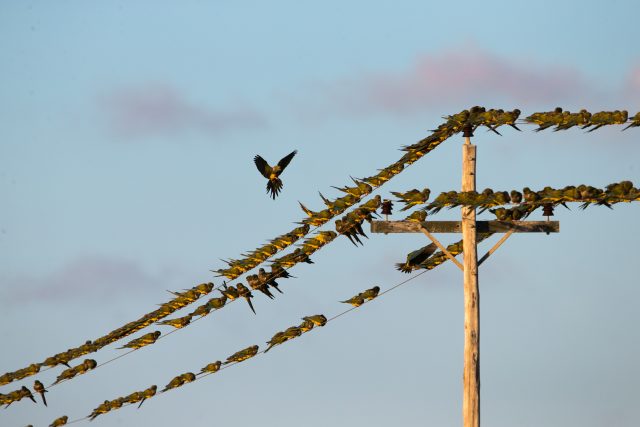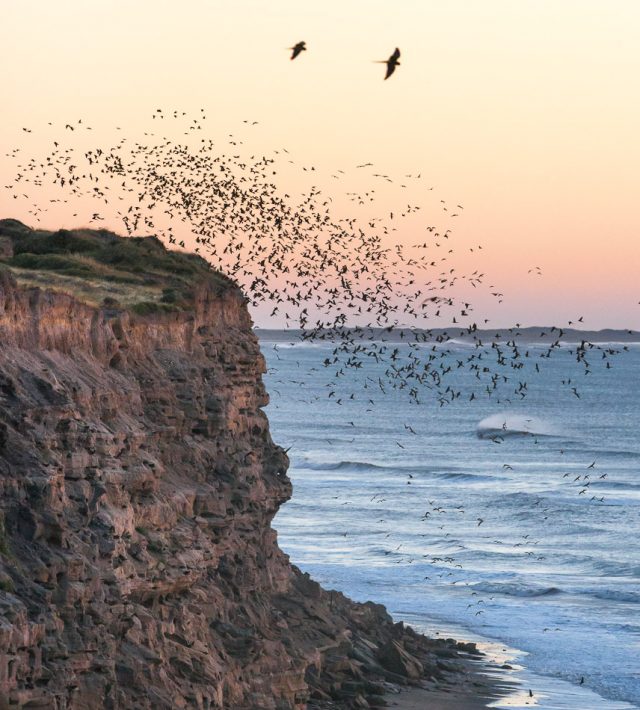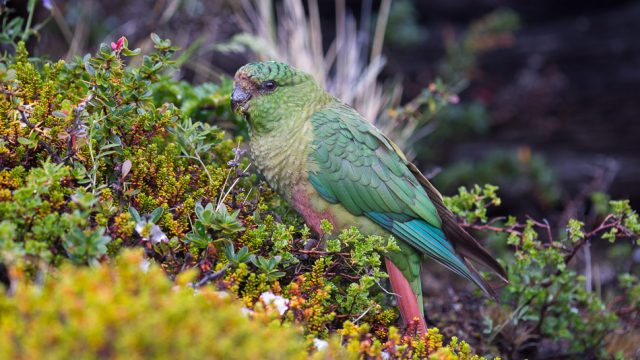Parrots of Patagonia sounds like a misnomer. Most peoples think of Patagonia as a endless windy plain. A landscape scoured by ferocious storms and devoid of trees. Why, they imagine, would parrots live in such a place. Parrots require trees more than anything, lush greenery and warmth from the sun.
This imaginary view of Patagonia is far from reality. Patagonia has forests, dense and luxuriant. It has hot dry summers, it is not always windy.
South America is the land of birds and has nearly two hundred species of parrots.
In a continent where there are so many parrots, a landscape without trees, is a landscape for an enterprising bird to exploit.
Trees are not needed anyway, they perch on telegraph wires.
One such parrot has done just that, this bird has learnt that trees are not necessary to nest in, when you can dig a hole in the ground instead.
This parrot is the Burrowing Parrot and is a large species with powerful claws, with which it excavates a holes in the sides of river banks and cliffs.
The best place to view these birds are the cliffs at El Condor on the Atlantic coast of Argentina in northern Patagonia. Here they gather at dusk on the telegraph wires before going to roost on the sea cliffs.
If watching parrots flying around sea cliffs was not strange enough, imagine seeing parrots happily feeding in the snow.
By travelling down to the far south of Patagonia, to the sub-polar woodlands there is such a parrot.
This parrot is very happy to feed in the snow, it is the Austral Parakeet.
As the most southerly inhabiting parrot in the world, this parrot is a truly amazing bird. There are four varieties of the Burrowing Parrot. The Chilean sub-species is highly threatened by extinction, as only 5,000 – 6,000 of these animals remain. Thankfully the southern Argentinian population is 40,000 and that in the north of Argentina is around 2,000 pairs. How a bird like this has distinct populations either side of one of the mightiest mountain ranges, the Andes, is fascinating.






